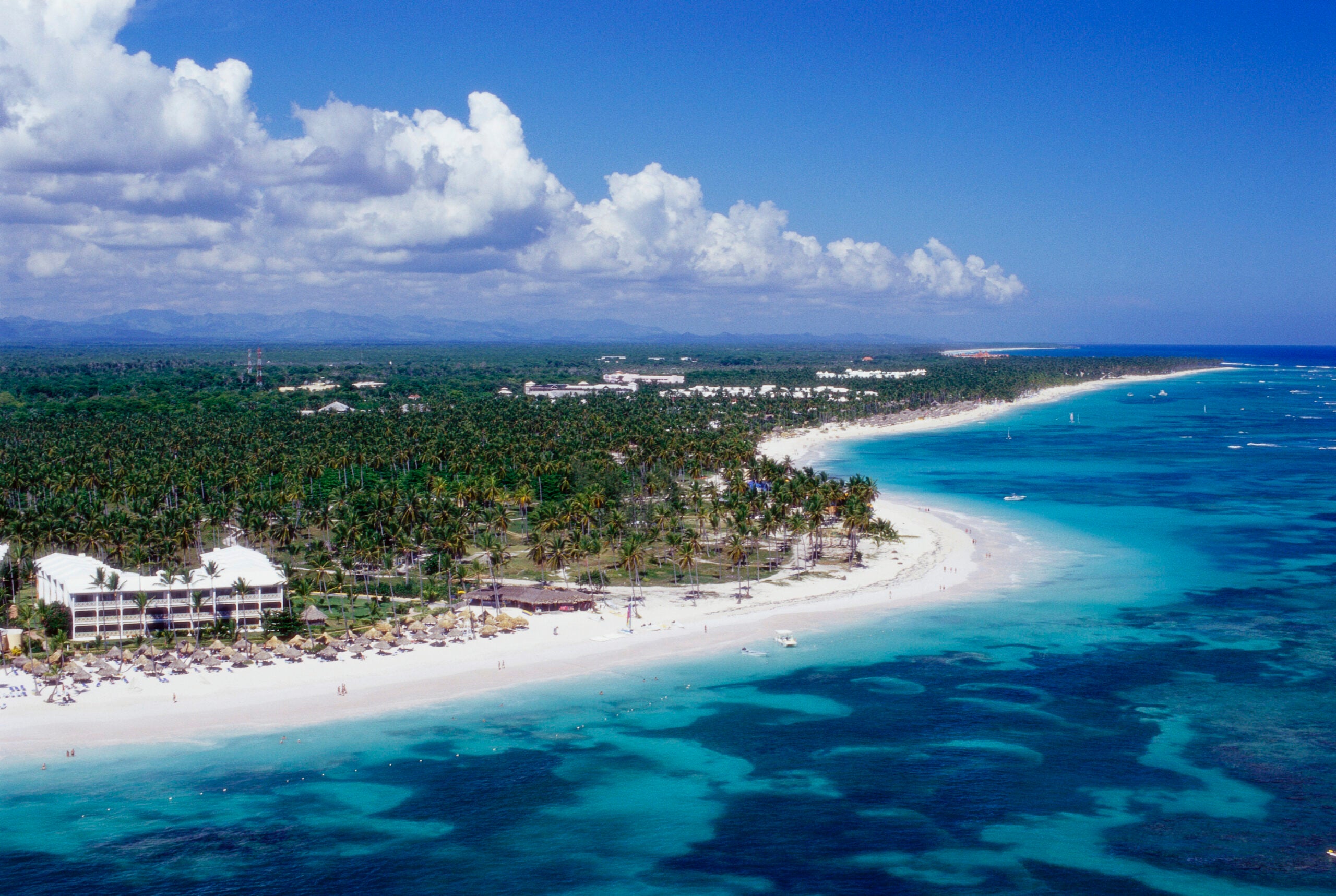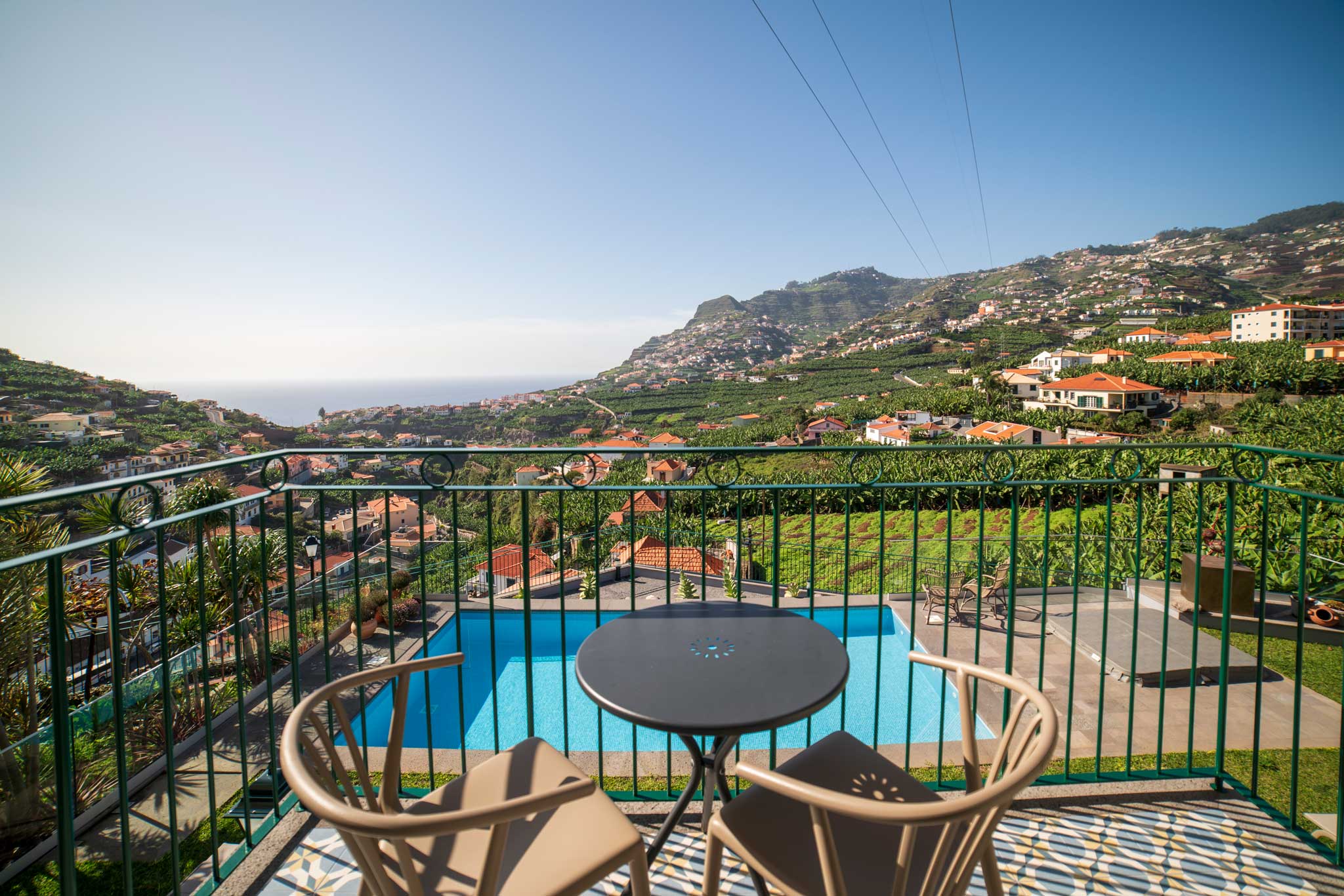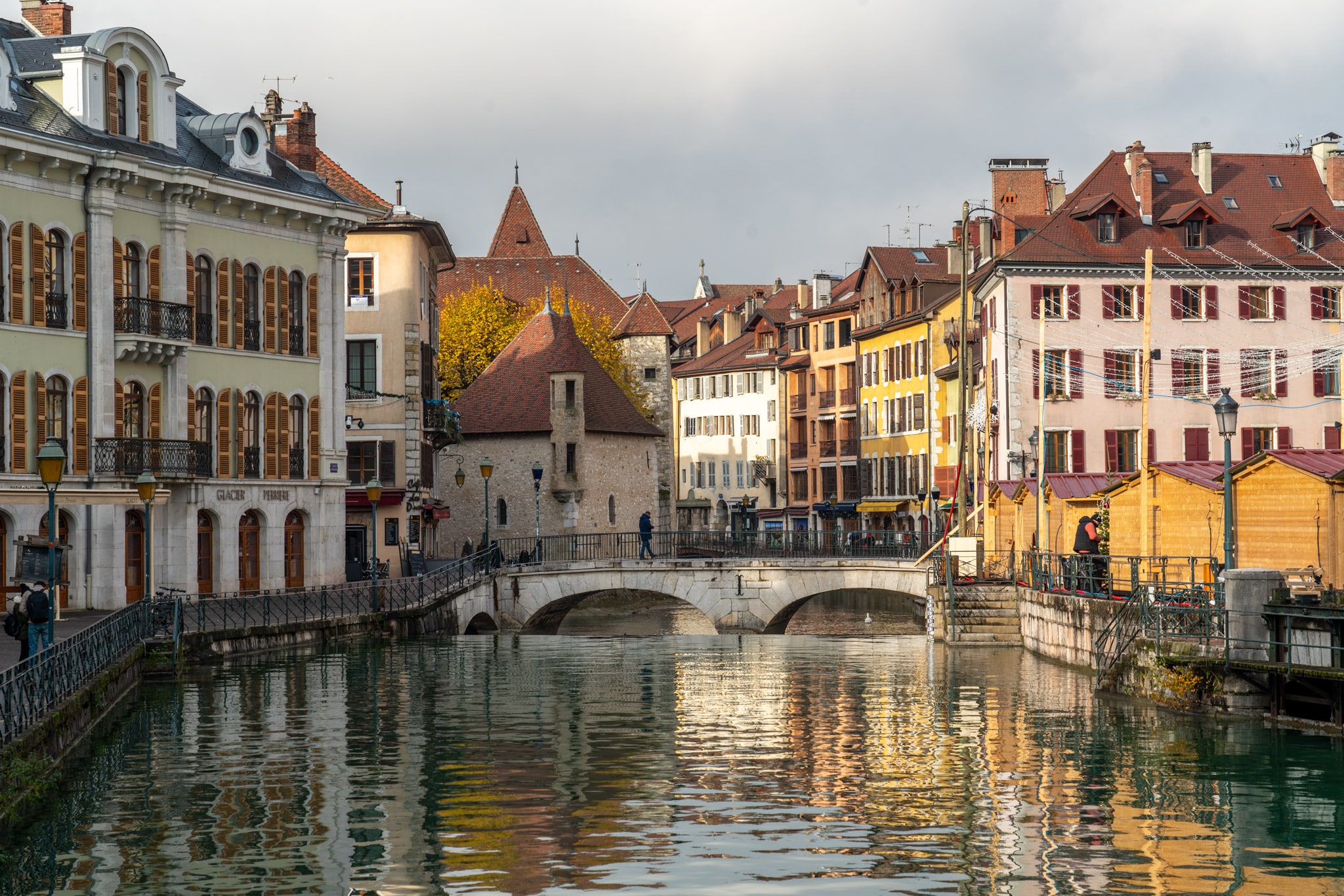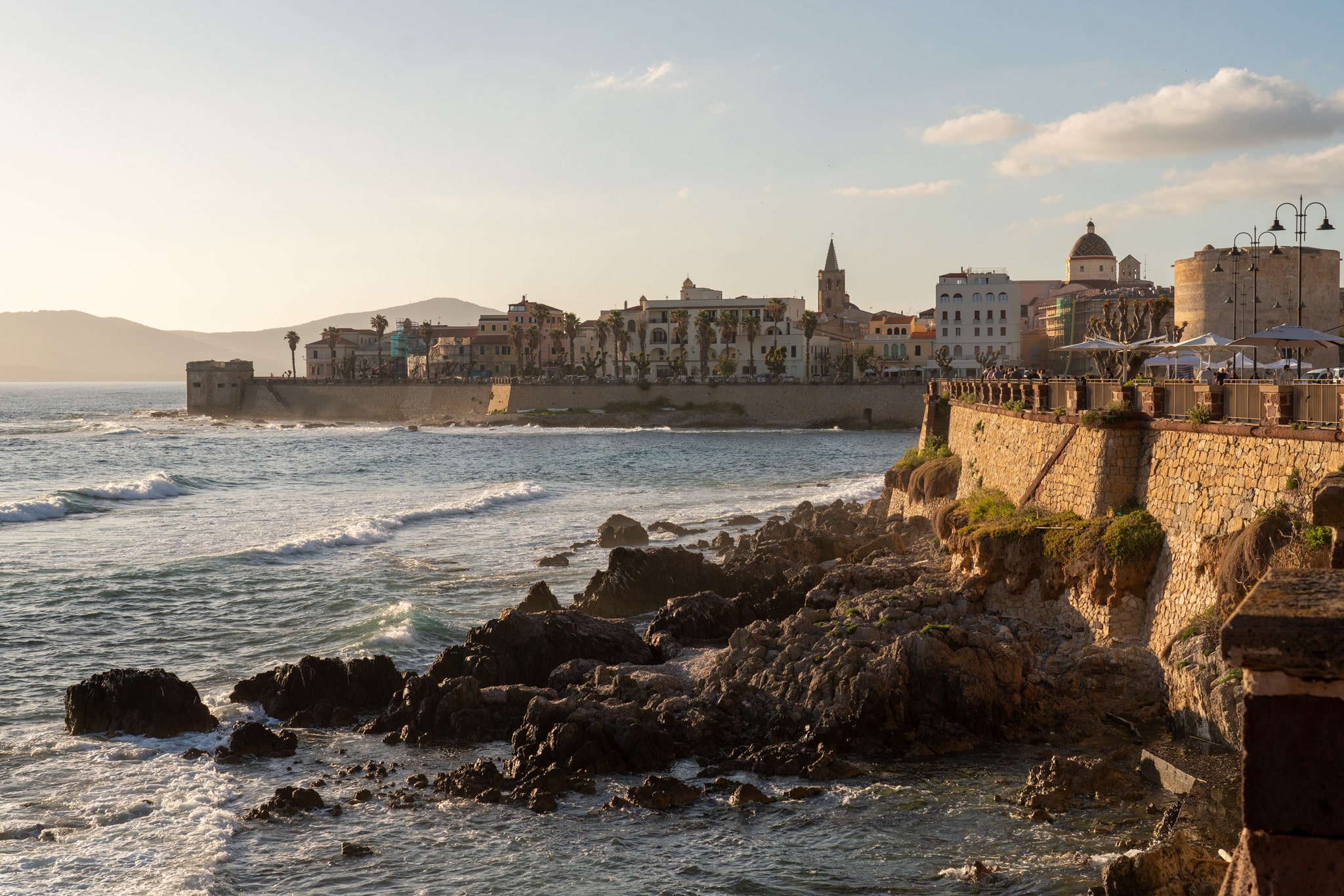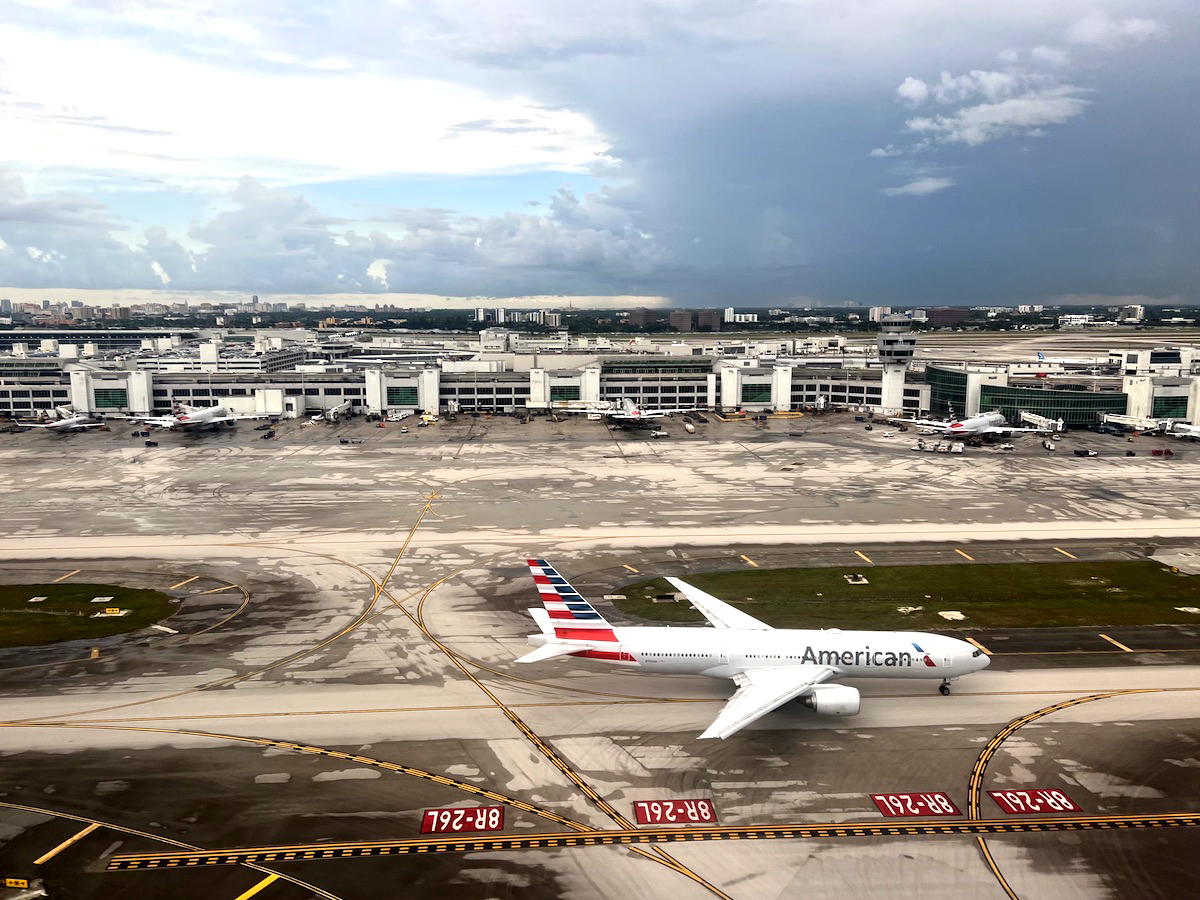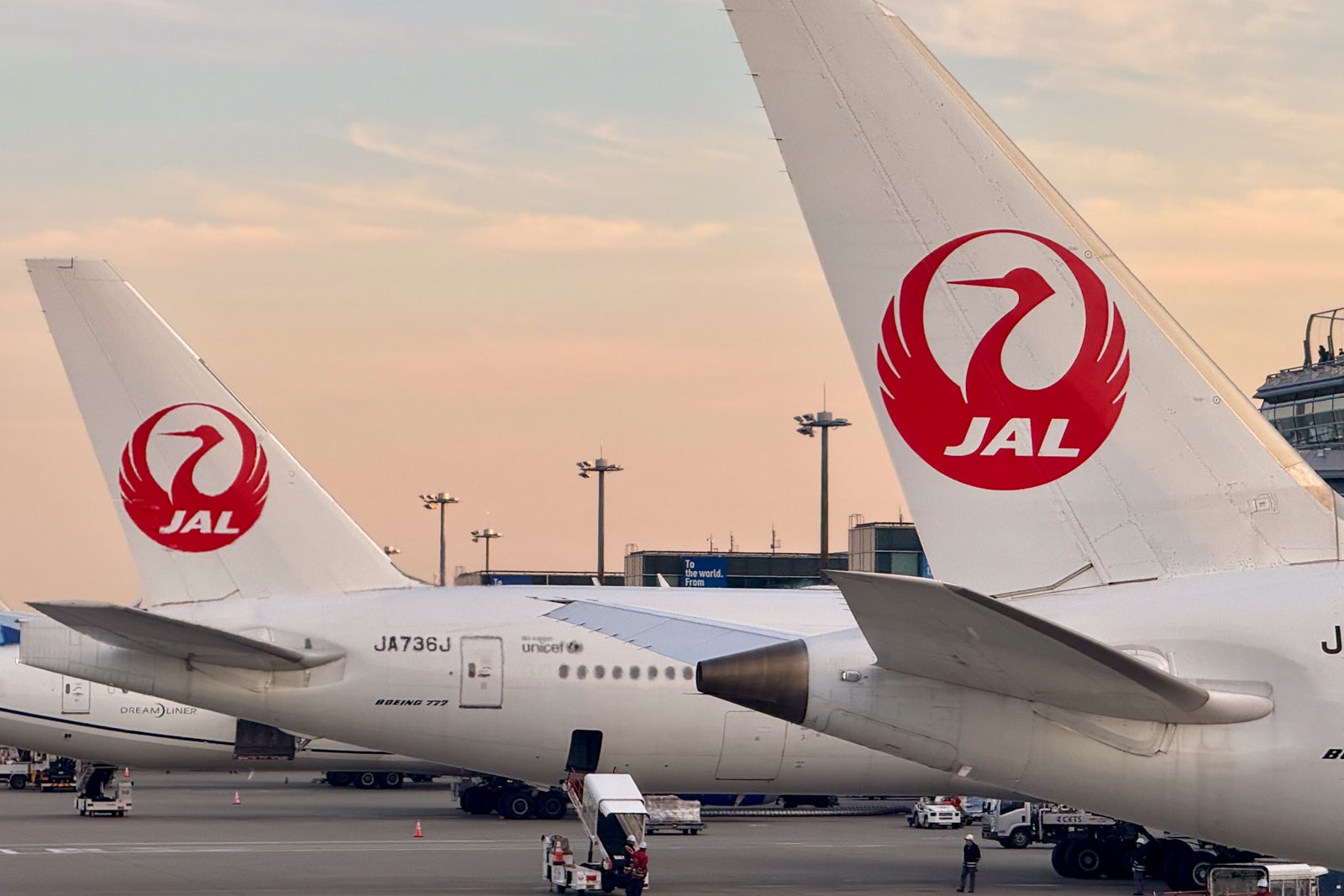Ryanair’s Strange Route To A Disputed Territory With A 9% Load Factor
To state the obvious, airlines generally try to operate routes in markets where there’s demand. Leisure oriented ultra low cost carriers, in particular, focus on this, since it’s not like they have lucrative premium cabin traffic to focus on.

To state the obvious, airlines generally try to operate routes in markets where there’s demand. Leisure oriented ultra low cost carriers, in particular, focus on this, since it’s not like they have lucrative premium cabin traffic to focus on.
So that’s why some people might be surprised to learn that Ryanair seems to be operating a route with just a 9% load factor… huh?!
Ryanair’s strange Lanzarote to Dakhla route
In January 2025, Ryanair launched a new route between Lanzarote (ACE) and Dakhla (VIL). Lanzarote is in Spain’s Canary Islands, while Dakhla is located on a peninsula in the disputed territory of Western Sahara, in a city currently controlled by Morocco, though its sovereignty is not internationally recognized.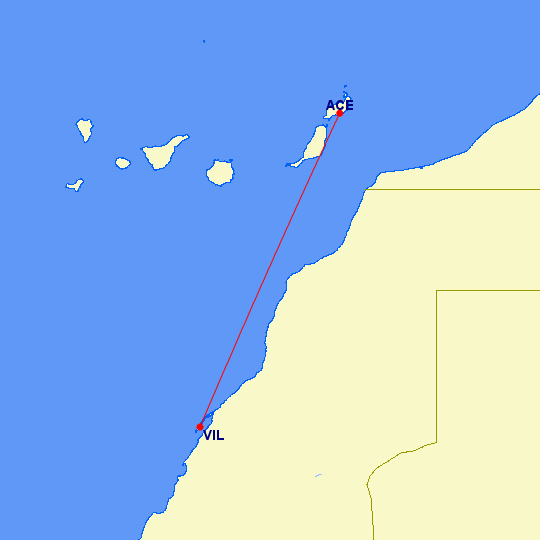
The 388-mile route operates twice weekly (on Wednesdays and Saturdays), and is scheduled on an ongoing basis, through the end of the calendar.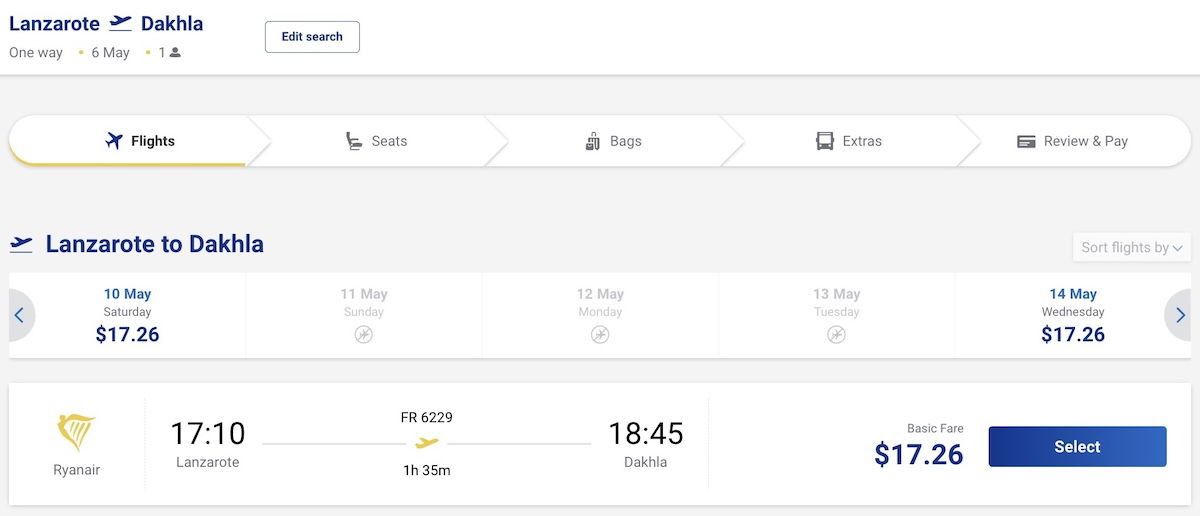
On the surface, this seems like an unusual route, since it connects two potential vacation destinations, neither of which has a particularly huge population. But surely people are actually flying this route, right? Well, not so much, it seems. Spain publishes statistics about load factors on flights to and from the country, so figuring this out is all quite transparent.
In January, the month where the route launched, the average load factor was 13.69%. Okay, sometimes it takes time to build up demand, and by March, the average load factor grew to 99.05%. Wait, no, my mistake, I added an extra number there. The load factor in March was actually 9.05%.
For what it’s worth, at the same time, Ryanair also launched a route to Dakhla out of Madrid (MAD), and that’s proving to be a smashing success, by comparison. It had an average load factor of 56.81% in January, and that fell to 31.94% in March.
Throughout Ryanair’s system, the airline had an astounding average load factor of 93% in March.
So, why is Ryanair operating this route?
Why would Ryanair fly basically empty planes to Dakhla? Did the airline misread demand, or does it expect it’ll take time for demand to ramp up? The short answer is that it would appear that Morocco is subsidizing this route, as the service is part of an agreement with the Moroccan National Tourist Office .
In December 2024, Morocco’s Minister of Tourism proudly announced the route on LinkedIn, explaining:
I’m thrilled to announce that starting January 2025, Ryanair – Europe’s Favourite Airline will be operating new routes connecting Dakhla to Madrid and Lanzarote. With two weekly flights to each city, we’re adding 16,000 new seats and boosting Dakhla’s capacity by an incredible 50%! This expansion is a game-changer for Dakhla, which is fast becoming a world-class water sports paradise. With Ryanair, we’re well on our way to achieving our ambitious goal of four international flight connections for Dakhla within two years.
Well, I mean, she’s not lying. Ryanair is adding the seats needed to boost tourism, though unfortunately the seats are just arriving empty.
The concept of subsidized air service is nothing new. Sometimes countries or regions subsidize service in order to boost tourism or trade (like the rapid expansion we’re seeing with US airlines in Brisbane), while in other cases they subsidize service in order to serve remote communities (like the Essential Air Service program in the US… well, in theory).
I’m not sure if Morocco is essentially guaranteeing that the service will be profitable for Ryanair by making up any shortfall in revenue, or what the agreement is. I imagine that’s what will determine how long this route sticks around, because Ryanair isn’t in the business of operating routes with 9% load factors.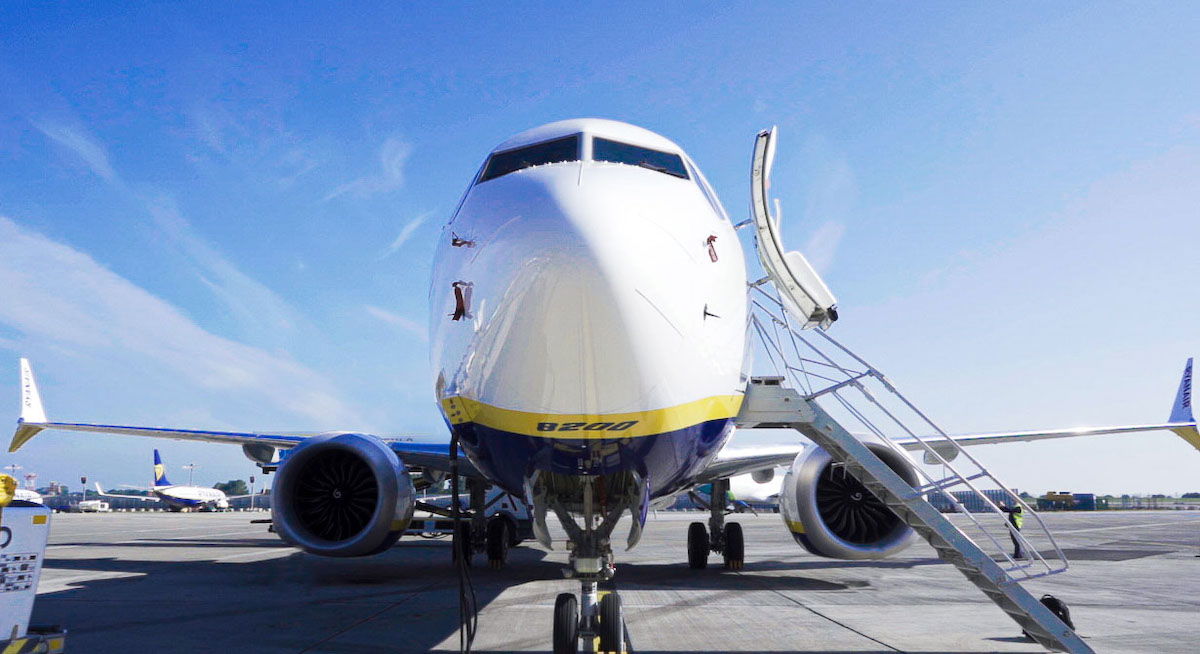
Bottom line
Ryanair recently launched a new twice weekly route between Lanzarote and Dakhla. That seems like an unusual city pair, but then again, Ryanair manages to make all kinds of point-to-point services work. However, at least so far, this is proving to be the worst performing flight in the company’s system, with a load factor of just 9% in March. It’ll be interesting to see how long the Moroccan government funds this service, or if demand (somehow) picks up to an acceptable level.
What do you make of this unusual Ryanair route?













































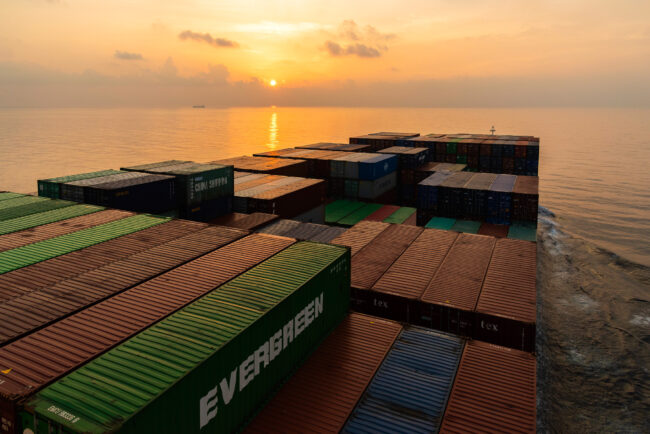































































































































.jpg)





































